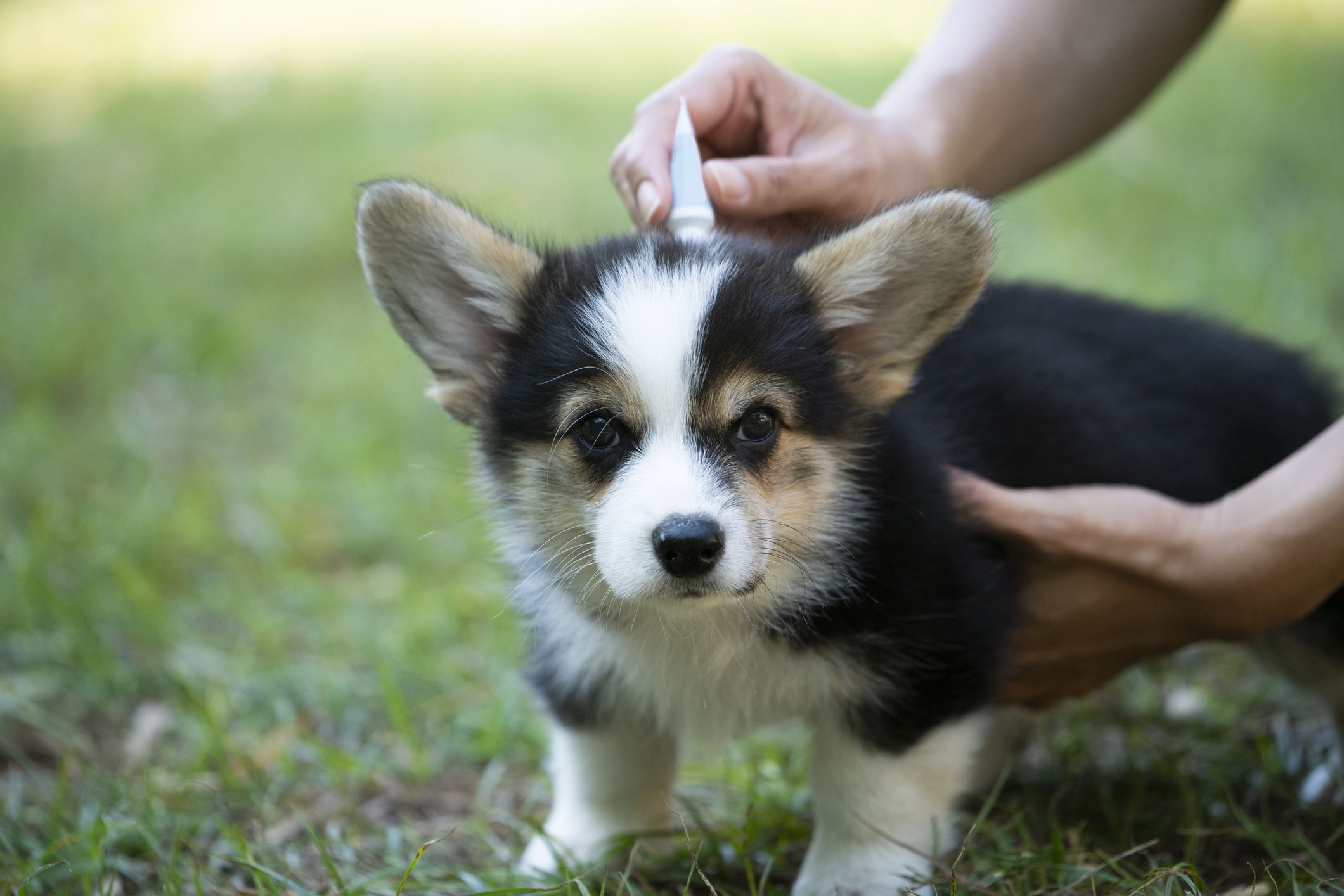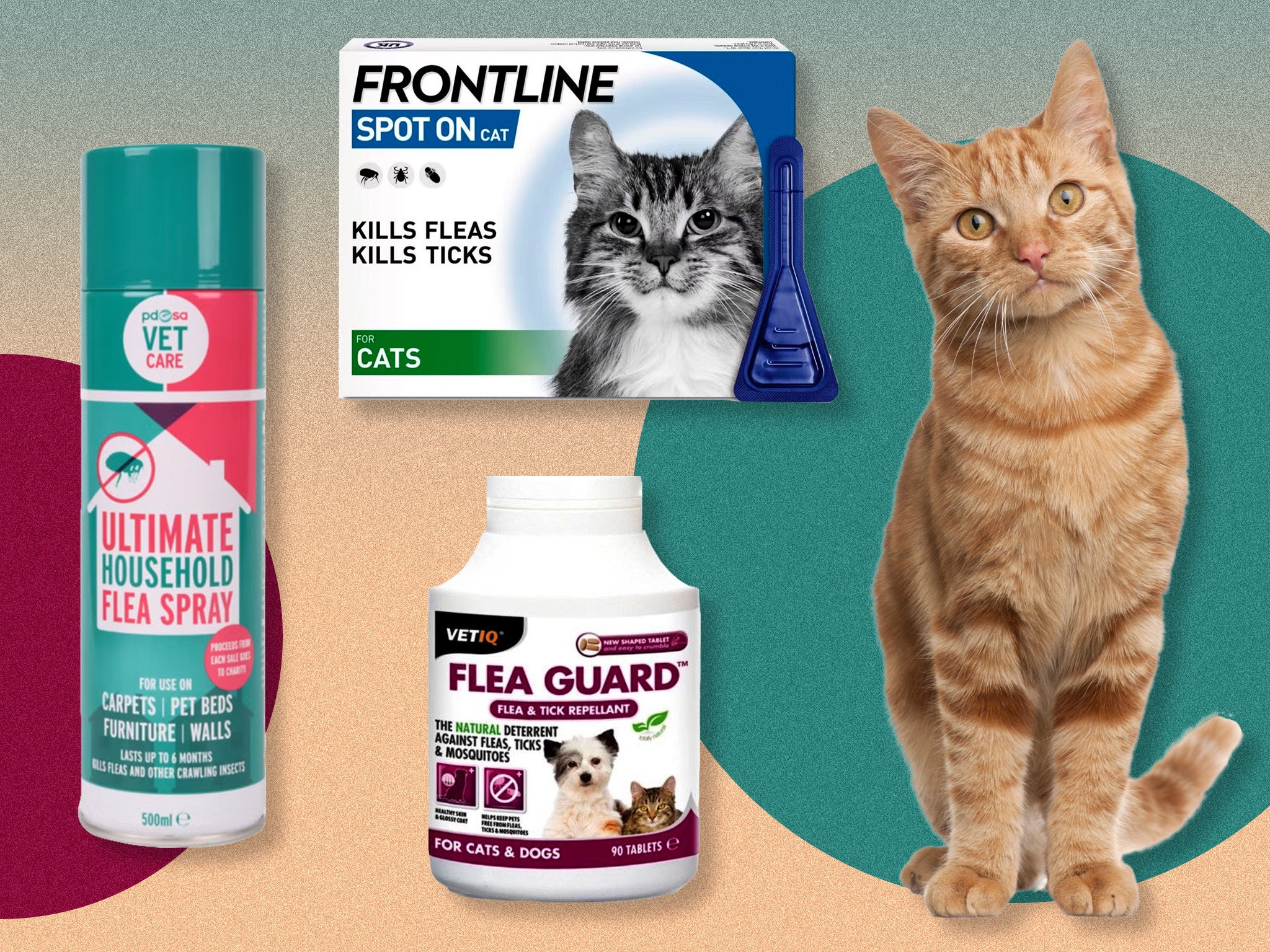Fleas can be a pesky nuisance for both your furry friend and your household. If you’ve noticed your dog scratching more than usual, it might be time to tackle the issue and learn how to get rid of fleas on your dog effectively.
In this ultimate guide, we will explore various methods, from natural remedies to over-the-counter treatments, to help you combat fleas and ensure your dog’s health and comfort.
From regular grooming practices to preventative measures and treatment options, we will provide you with a comprehensive overview of the best practices to eliminate fleas from your dog and prevent future infestations.
Let’s delve into the world of flea control and make sure your beloved pet is flea-free and happy!
4/#Dipylidiasis in humans is rare but often occur in children from accidental ingestion of infected fleas of pet dogs and cats
Please get rid of fleas!
Take good care of pet dogs and cats.https://t.co/RmIRjUunLw— Mayo Clinic Infectious Diseases (@MayoClinicINFD) February 6, 2021
Understanding the Flea Problem
Fleas are tiny parasitic insects that feed on the blood of mammals. They can cause irritation, itchiness, and even transmit diseases to your pets. Understanding the flea problem is crucial to effectively getting rid of them and ensuring the well-being of your dog.
Common Signs of Flea Infestation
If your dog is constantly scratching, has red bumps on the skin, or you notice flea dirt on their fur, these are signs of a flea infestation. Regular grooming and using a fine-toothed comb can help you spot these tiny pests.
Health Risks Associated with Fleas
Fleas not only cause discomfort but can also lead to serious health issues such as tapeworm infestations and flea allergy dermatitis. It’s crucial to address the flea problem promptly.

Identifying Fleas on Your Dog
One of the first steps in getting rid of fleas on your dog is to identify their presence. Look for signs such as excessive scratching, red and irritated skin, small dark spots on the fur, or even actual sightings of fleas on your dog’s coat.
Scrutinize the Coat
Thoroughly examine your dog’s coat, especially around the neck, ears, and tail area, as fleas tend to hide in warm and moist areas. Use a fine-tooth comb to part your dog’s fur and check for any signs of flea dirt or actual fleas.
Additionally, flea bites may appear as small red bumps on your dog’s skin, so be on the lookout for any unusual skin irritations.
Check for Flea Dirt
One way to determine if your dog has fleas is by checking for flea dirt, which looks like small black specks resembling ground black pepper. To confirm if it is flea dirt, place the specks on a damp paper towel; if the specks turn red, it indicates the presence of flea feces.
Preventive Measures
Preventing fleas on your dog is crucial in maintaining their health and hygiene. Here are some effective preventive measures:
Regular Grooming
Regular grooming plays a vital role in preventing fleas. Brush your dog frequently to remove any potential flea eggs or larvae hidden in their fur. Consistency is key here.
Use Flea Preventatives
Invest in quality flea preventatives recommended by your veterinarian. These products can provide long-lasting protection for your furry friend against fleas. Consult your vet for the best option.
Maintain a Clean Environment
Regularly clean your dog’s bedding, vacuum your home, and keep outdoor spaces tidy to reduce the risk of flea infestation. A clean environment is not favorable for fleas to thrive.
Regular Vet Check-ups
Schedule routine check-ups with your vet to ensure your dog is in good health and free from fleas. Early detection of fleas can help in effective treatment.

Natural Remedies for Flea Control
When looking for how to get rid of fleas on your dog, natural remedies can be effective and safe alternatives to harsh chemicals. Most of these remedies are easily available and can help in controlling flea infestations.
Essential Oils
Essential oils like lavender, peppermint, and eucalyptus are known for their flea-repellent properties. You can create a DIY spray by mixing a few drops of these oils with water and spray it on your dog’s coat.
Diatomaceous Earth
Diatomaceous earth is a natural powder that can be sprinkled on your dog and around your home to dehydrate and kill fleas. Make sure to use food-grade diatomaceous earth.
Apple Cider Vinegar Bath
Apple cider vinegar is a natural flea repellent. You can mix equal parts of apple cider vinegar and water to create a solution for a bath or use it as a spray. This helps in repelling fleas and soothing your dog’s skin.

Medicated Options for Flea Treatment
When dealing with a flea infestation on your dog, medicated options can provide effective relief. These treatments are specially formulated to target fleas while ensuring the safety and well-being of your pet.
Spot-On Treatments
Spot-on treatments are a popular choice for flea control. They are applied directly to your dog’s skin, usually between the shoulder blades, and provide long-lasting protection. This method is highly effective and convenient for pet owners.
Oral Medications
Oral medications are another effective option for treating fleas. These medications come in the form of flavored tablets or chews, making it easy to administer to your dog. Always consult your veterinarian before choosing an oral flea treatment.
Tips for Maintaining a Flea-Free Environment
Keeping your dog flea-free is crucial for their health and comfort. Here are some tips to maintain a flea-free environment:
Regularly Groom Your Dog
Regular grooming helps you detect fleas early. Use a flea comb, and focus on areas where fleas are likely to hide.
Wash Bedding and Upholstery
Wash your dog’s bedding, blankets, and any upholstery they frequent in hot water. This kills fleas and their eggs. Adding a few drops of essential oils
Vacuum Frequently
Regular vacuuming helps eliminate flea eggs and larvae from carpets and furniture. Remember to discard the vacuum bag immediately to prevent re-infestation.
Use Flea Preventatives
Consult your vet for effective flea preventatives for your dog. Regular treatments can help keep fleas at bay.
Frequently Asked Questions
- What are fleas and why are they a concern for my dog?
- Fleas are small insects that feed on the blood of animals, including dogs. They can cause itching, irritation, and in severe cases, transmit diseases to your dog. It’s important to get rid of fleas to ensure your dog’s health and comfort.
- How can I tell if my dog has fleas?
- Common signs that your dog may have fleas include excessive scratching, red and irritated skin, hair loss, flea dirt (small black specks) on your dog’s fur, and even seeing the fleas themselves. Regularly checking your dog and consulting with a veterinarian can help in identifying fleas.
- What are some home remedies to get rid of fleas on my dog?
- There are several home remedies you can try to get rid of fleas on your dog, such as regular baths with flea shampoo, using a flea comb, washing your dog’s bedding regularly, and applying natural solutions like apple cider vinegar or essential oils. However, for severe flea infestations, it’s best to consult with a veterinarian for proper treatment.
- How can I prevent my dog from getting fleas in the future?
- To prevent fleas on your dog in the future, you can use monthly flea preventatives recommended by your veterinarian, regularly clean your home and yard, avoid contact with other animals that may have fleas, and maintain good hygiene practices for your dog. Prevention is key to keeping your dog flea-free.
- When should I consult a veterinarian for flea treatment?
- If home remedies do not effectively get rid of fleas on your dog, or if your dog is showing signs of a flea-related illness such as flea allergy dermatitis, tapeworm infestations, or anemia, it’s important to consult with a veterinarian for proper diagnosis and treatment. A vet can recommend the best course of action to eliminate fleas and ensure your dog’s well-being.
Final Thoughts: A Flea-Free Pup Awaits!
Getting rid of fleas on your dog is a crucial task to ensure their health and well-being. By following the ultimate guide outlined in this blog, you now have the knowledge and tools to effectively combat fleas and prevent infestations. Remember, regular grooming, using vet-recommended products, and maintaining a clean living environment are key steps in the flea elimination process.
Always prioritize your dog’s comfort and seek guidance from your veterinarian if needed. With patience and persistence, you can bid farewell to those pesky fleas and give your furry friend the flea-free life they deserve. A happy, itch-free pup is just a few steps away!

